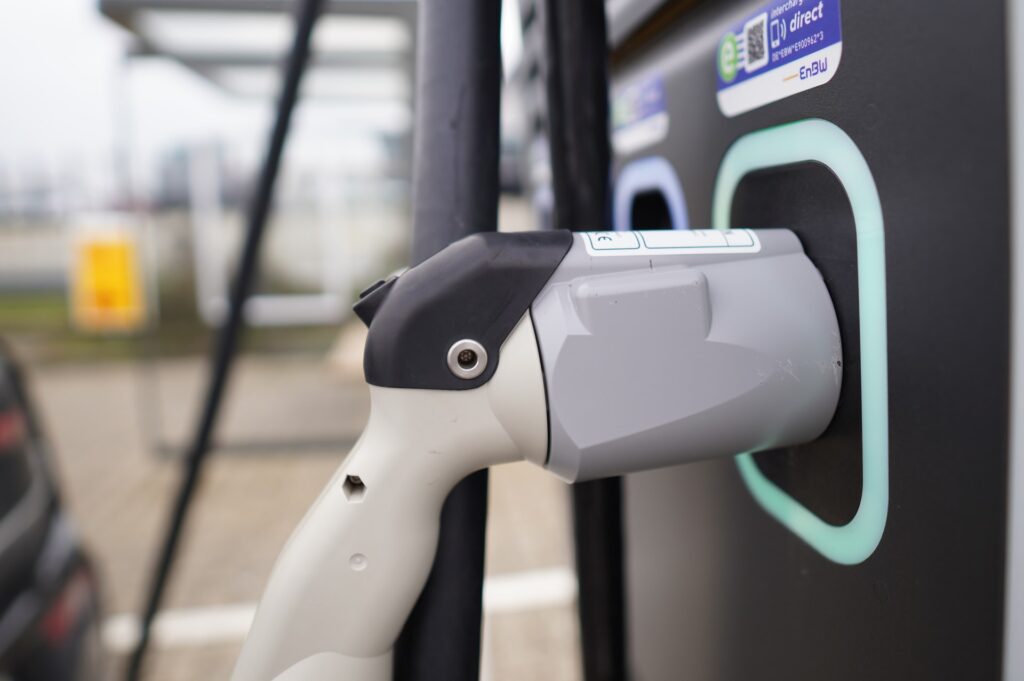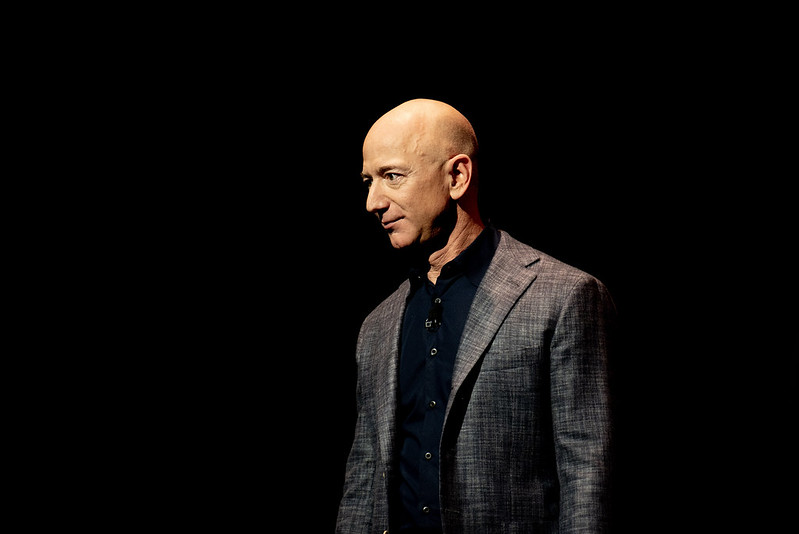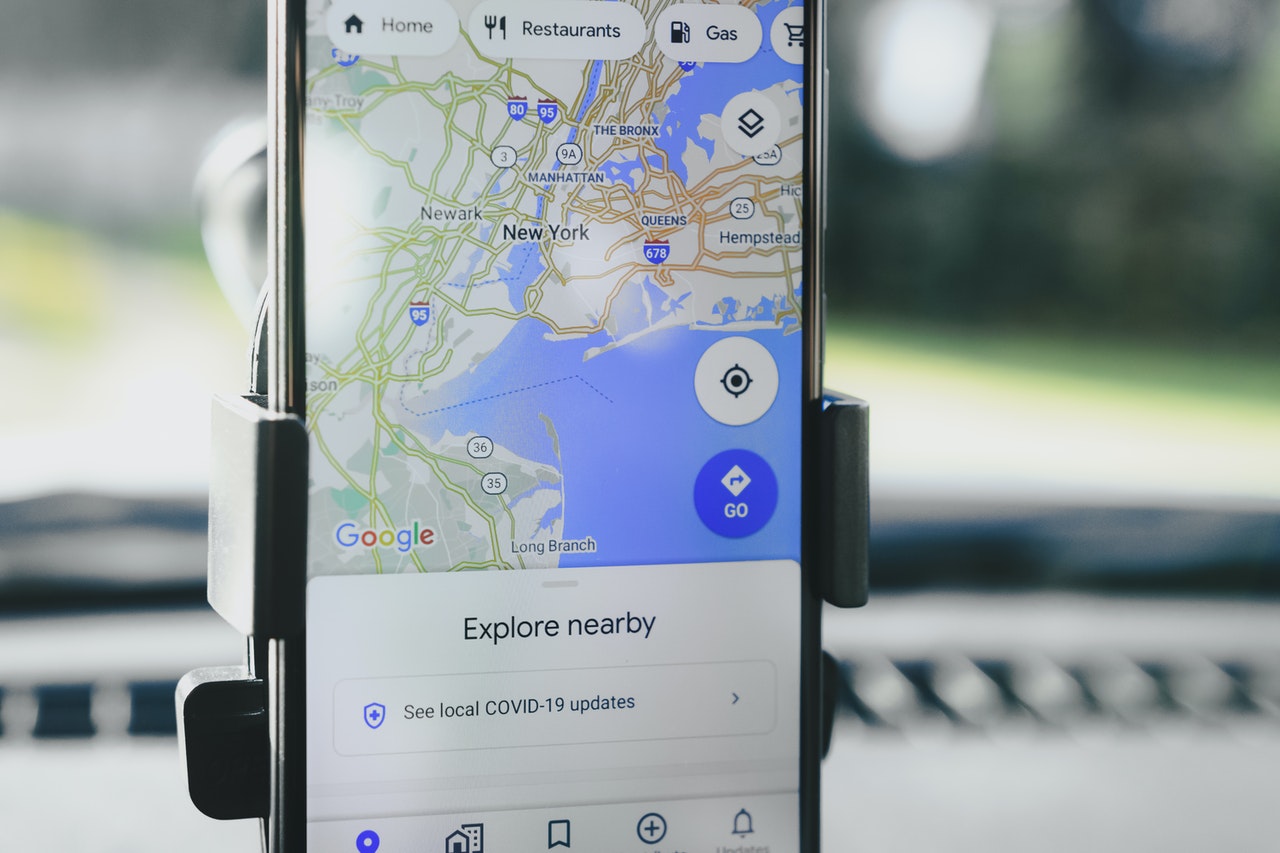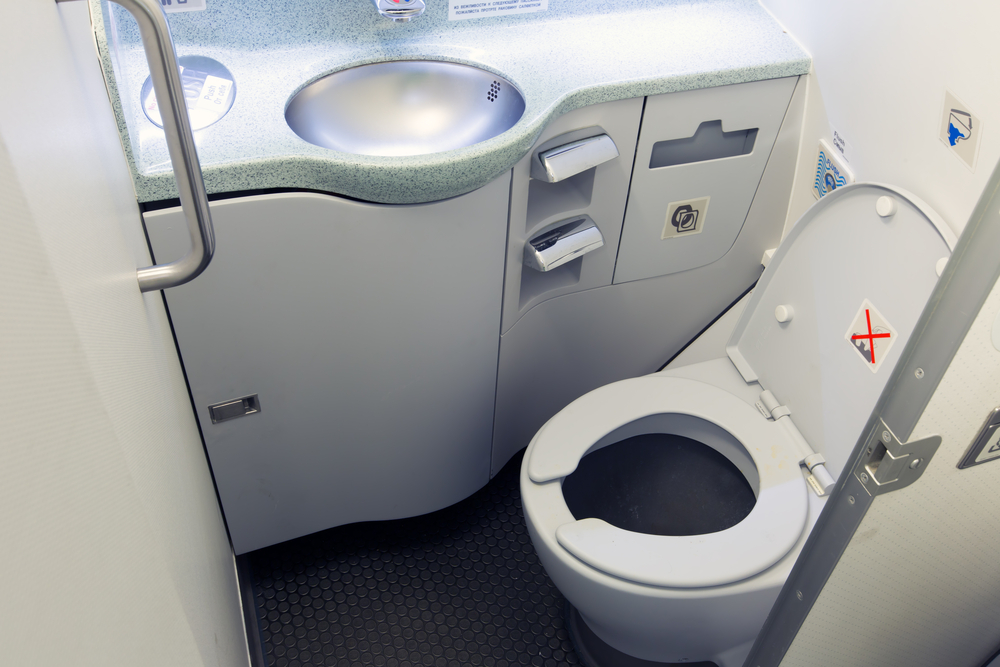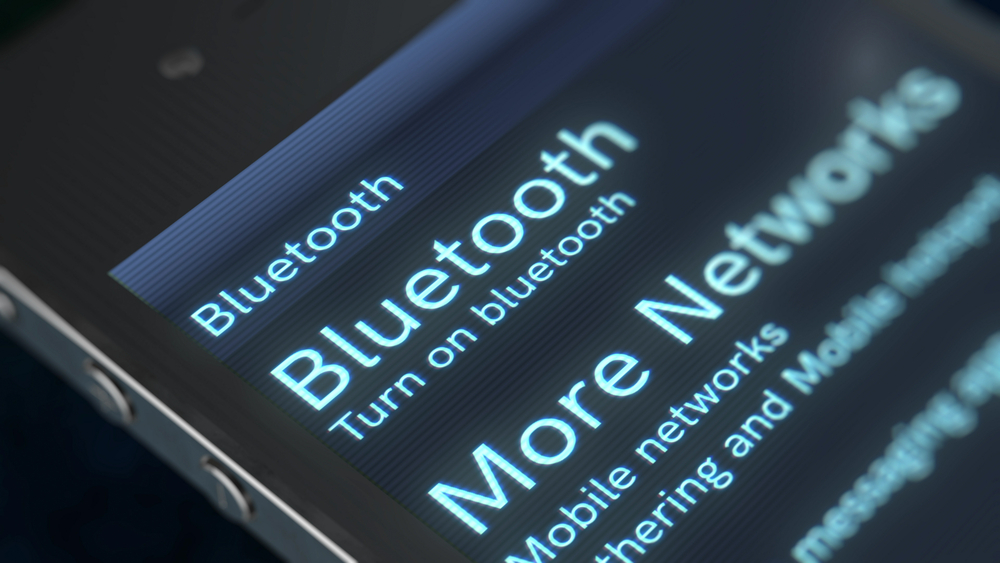Reading Time: 2 minutes
- Petrol/Diesel stations are a business—people buy from them because these fuels are not available at homes/offices.
- But electric vehicles are different—they run on electricity, and people have access to electricity at home (and now some offices also provide charging facilities).
- The total number of electric + plug-in hybridPlug-in hybrid is a vehicle whose battery can be recharged by plugging a charging cable into an external electric power source in addition to internally by its onboard internal combustion engine-powered generator. Source: Wikipedia. cars crossed 10 million in 2020, and as per the latest stats, around 80% of car charging is still done at home.
- Still, the installation of publicly accessible chargers has grown by 700% in the last five years, and the growth is expected to continue at least till 2030.
- As of 2020, there were 1.3 million publicly accessible charging units in the International Energy Agency countries (38 countries—representing over 90% EV market).
- Now, “range anxiety” (the fear of being unable to recharge on a long road trip) is a big deterrent in the EV market.
- And that is why despite all the benefits, electric cars accounted for just 4.6% of the total car sales in 2020.
- But owing to climate change pressures, governments worldwide are incentivising automakers to make more electric cars.
- And automakers are doing so happily, and that is where the electric charging companies—mostly startups—are ramping up the charging infrastructure to be ready when the market is ripe to make money.
- Most of these companies are experimenting with one or more of the following revenue models.
- Model 1: Charge drivers for powering up by the minute or the kilowatt-hour (kWh).
- A standard household socket is called Level 1, i.e., 120V, and it adds just 3 to 8 kms of range per hour of charging.
- Charging stations can promote Level 2 (240V— adds 50 kms range per hour) or Level 3 (Direct Current—100+ kms per hour of charge) charging and make money.
- This model is the trickiest because A) technological advancements mean ranges are increasing (i.e., a car may just lose 5 kms/day that can be replenished at home), B) there are already many charging stations that are free, but people still don’t use them (why bother for just $1 worth of electricity?).
- Model 2: Convert chargers into ad billboards by building large screens into them and earn by advertising.
- Model 3: Get businesses to pay for charging equipment to be installed on their property as a way to attract more customers.
Also Read:
Why is Norway going crazy about electric cars?
Image courtesy of Sophie Jonas through Unsplash
Reference shelf :

